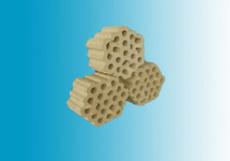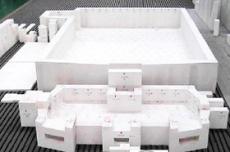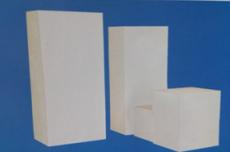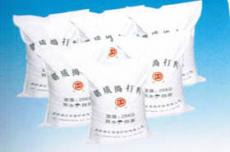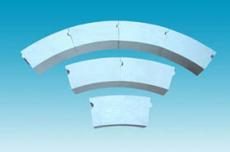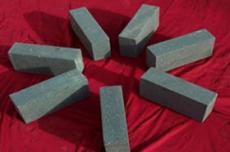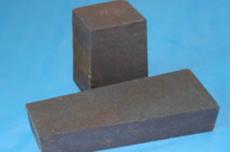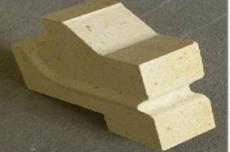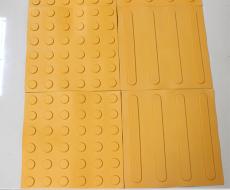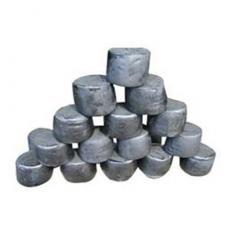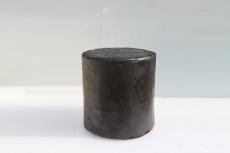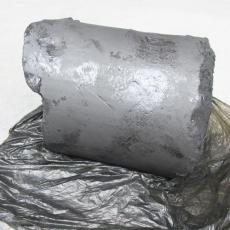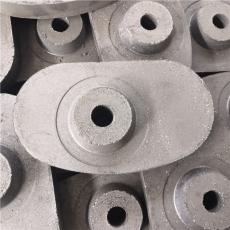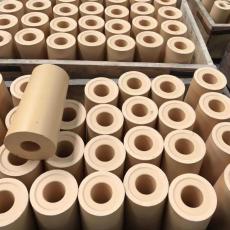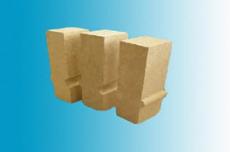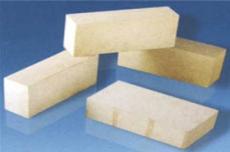
Composition and characteristics Main component: High-density flame-retardant corundum in slab form is the main raw material, with an Al₂O₃ content of over 99%. Cement or active ultrafine powder is often added as a binder, and active fillers such as SiO₂ powder are also often added.
Characteristics: High hardness, reaching 9 on the Mohs scale. High temperature resistance, can withstand high temperatures up to 1800°C. High chemical stability, excellent corrosion resistance. It has a low coefficient of thermal expansion and excellent thermal stability. High strength, good impact resistance, good thermal conductivity, strong insulation, and oxidation resistance. Advantages: Excellent corrosion resistance: It can resist corrosion caused by alkaline substances and acid gases during cement production, and can also effectively resist chemical corrosion in the highly corrosive environment of high-temperature substances and gases at the kiln inlet, thus extending its service life.
Excellent thermal shock resistance: Even under conditions of frequent and rapid temperature changes at the kiln mouth, it can withstand rapid cooling and heating, does not crack or flake, and maintains good performance.
High strength and wear resistance: It has high compressive and flexural strength at room temperature and can resist wear of the kiln mouth material to ensure the structural integrity and tightness of the kiln mouth.
Construction issues: Preparation before construction: The old kiln mouth lining must be removed and cleaned, the surface treated, and the anchors checked. Cr25Ni20 anchors are selected and tested. Construction Process: The open construction method is adopted, using only cast iron end forms and non-arched templates to control the amount of water added to the concrete. During pouring, construction is carried out in sections of 0.8 to 1.0 m. Once each section is leveled, it is fired with an electric heater for one hour, after which the kiln is turned over to produce the next section. A 10 mm thick expansion joint is installed between the two sections.
Maintenance: After 24 hours of pouring, the mold is removed from the cast iron end. After removing it from the mold, it is allowed to set naturally for 24 hours, then fired and heated.
